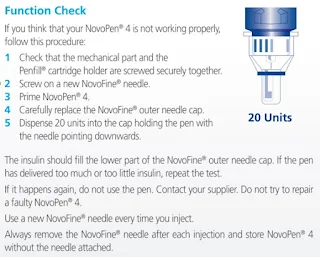Analytical Thinking in Community Pharmacy
Introduction
In everyday life, we often have to make decisions based on incomplete information.
- We use our analytical skills to gather information, assess the situation and make the best possible decision.
Analytical thinking is the ability to break down a problem into its component parts and identify the relationships between them.
- Along with critical thinking, it is a crucial aspect of problem solving, decision making and data analysis.
Case Study: Constipation
In a community pharmacy setting, pharmacists often use their clinical reasoning skill to diagnose and recommend treatments for common minor symptoms such as cough, diarrhoea and gastric issues.
For example, a 34-year-old mother brings her 4-year-old son to the pharmacy because he has been constipated for a few days.Before making any product recommendations, the pharmacist would first need to establish the following:
- Whether the diagnosis of constipation is correct
- Different people have different normal bowel habits, ranging from 2-3 times a day to 2-3 times a week. Constipation is only diagnosed when it is deviated from usual.
- How long the child has been experiencing constipation and how bad the symptoms are now.
- Any identifiable causes of constipation, such as inadequate fiber, dehydration, inadequate physical activity or certain medications.
Once constipation has been established, the pharmacist would need to analyse the available options to make a final product recommendation. This would include considering
- The mother expectations, specifically how soon the child is expecting relief.
- The different medications available at your community pharmacy, such as lactulose, senna 7.5 mg tablet, bisacodyl tablet or suppository, macrogol and glycerin enema.
- For example, lactulose takes 2-3 days for the effects to kick in, while glycerin enemas have an almost immediate effect.
The pharmacist would need to weigh the pros and cons of each option and make a recommendation that is best suited for the patient's individual needs.
Case Study: Blocked Insulin Needles
A customer may come in complaining that his newly bought pre-filled insulins are not working properly: no insulin came out when pressed.
- The most common cause of this problem is blocked insulin needles due to multiple reuse of the same needle.
- Hence, the pharmacist may ask the customer to change a new insulin pen needle to verify if the problem is resolved.
To clear any further doubt, you may perform a function check with NovoPen 4.
Case Study: Ghost Pill
A customer who is taking metformin extended release, tells the pharmacist that he has been seeing some tablet-like structures in his stool. He is concerned that he is not fully absorbing the medication.
- The pharmacist should reassure the customer that this is a common but harmless phenomenon known as "ghost-pill".
- The medication is still being released from the shell and absorbed into the bloodstream in small intestine. However, the tablet shell may not be completely broken down.
- To make sure that the medication is working, the customer can also monitor his blood sugar levels.
- Nonetheless, if the customer still worries, switching to another brand could be a potential solution.
NOTE: It is always a good idea to Google when encountering an unfamiliar situation, but it is not a substitute for medical advice.
Case Study: Inventory Control
Pharmacists in community pharmacy also need to manage inventory. This includes ensuring that there are always sufficient stocks of medications on hand to meet the needs of customers.
- Pharmacists use their analytical skill to predict the movement of stocks and items, such as which medications are in high demand and which ones are likely to surge or decrease in popularity.
- This helps them to order the right amount of medications and to avoid running out of stock.
Having cash flow at hand is important to cover unexpected expenses, such as a surge in demand for a particular medication.
Summary
Community pharmacists use analytical thinking to assess patient needs, making recommendations about medications and manage inventory.

Comments
Post a Comment